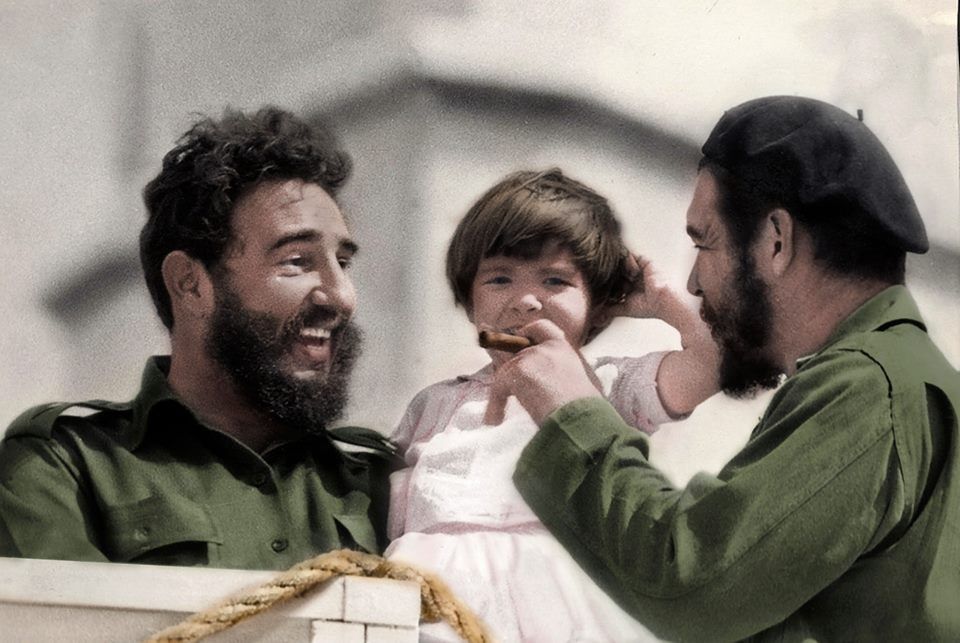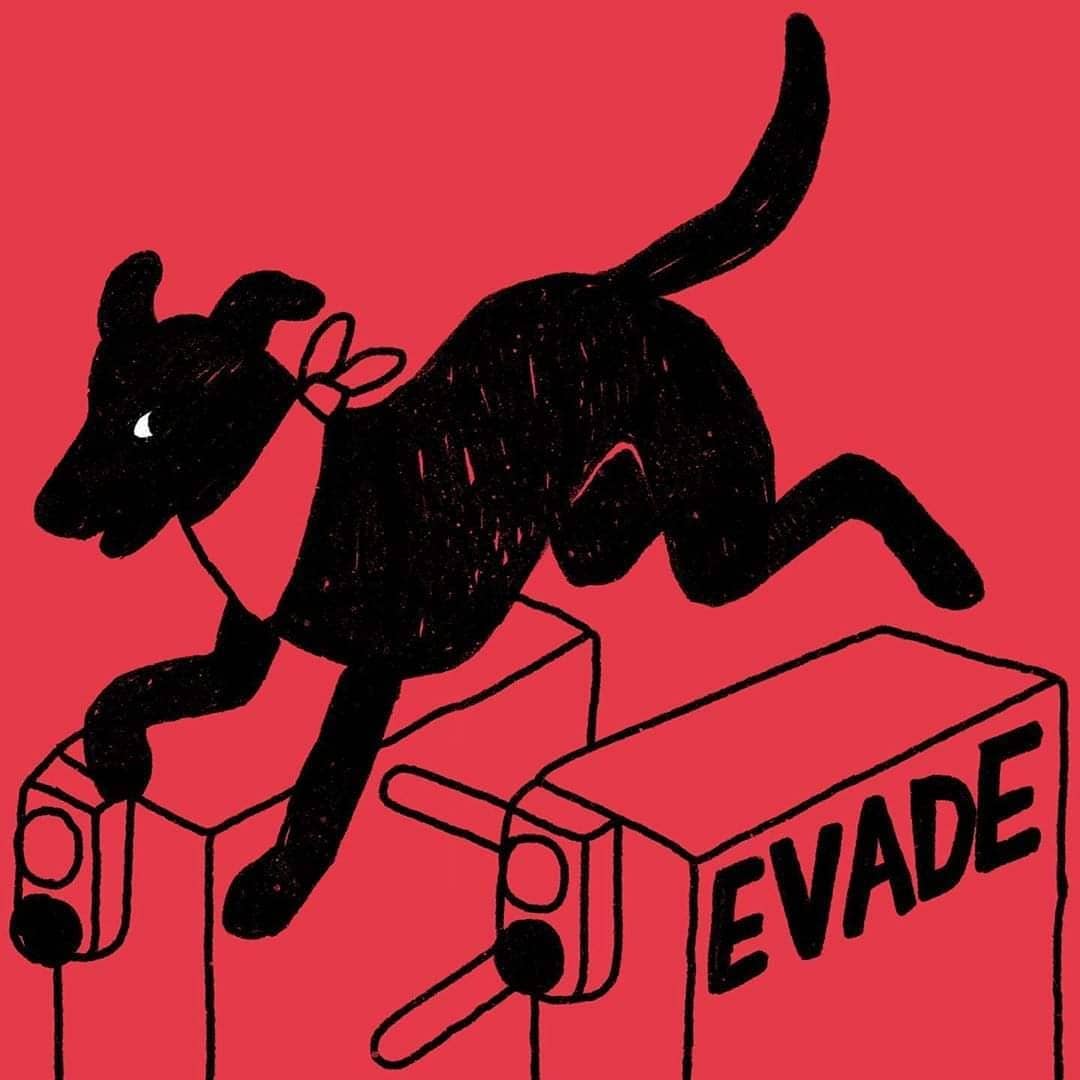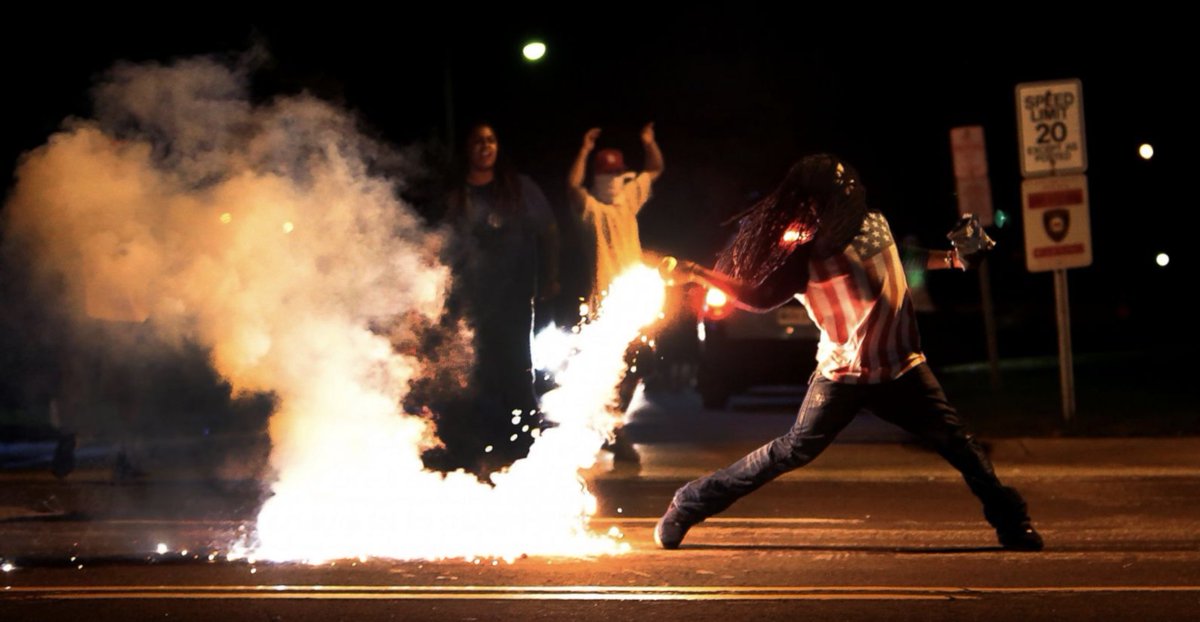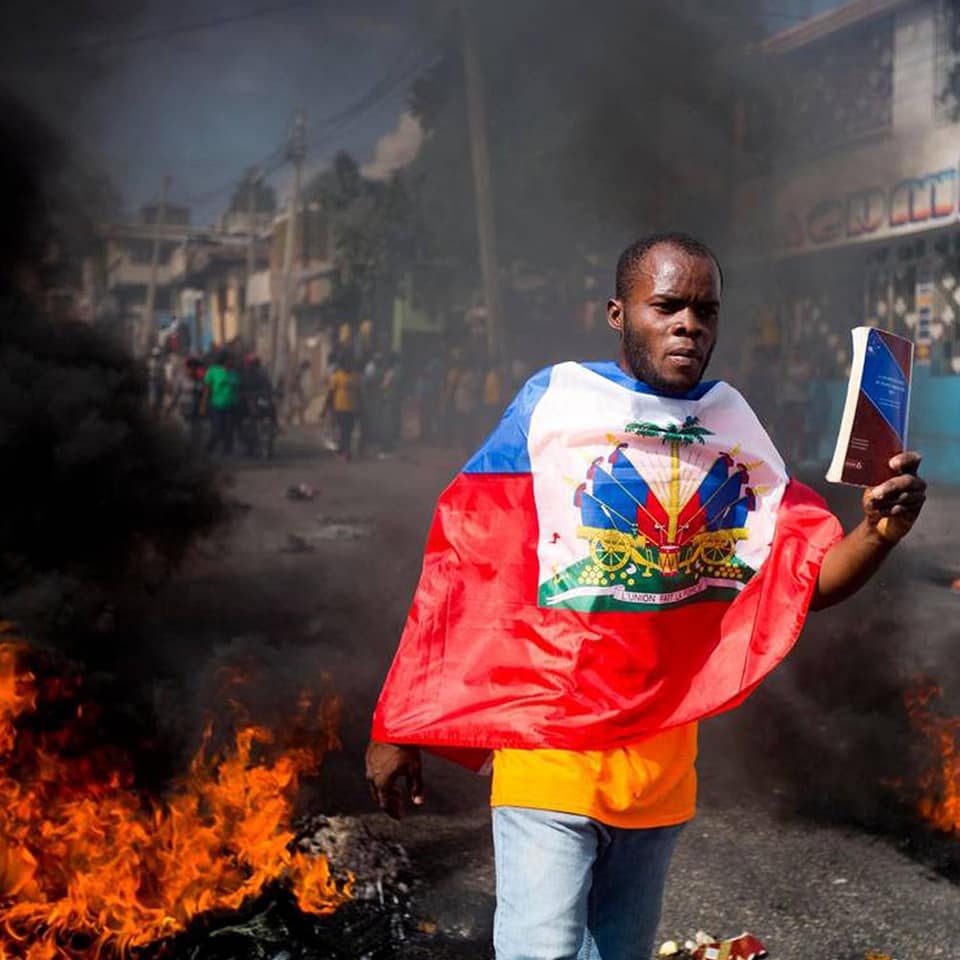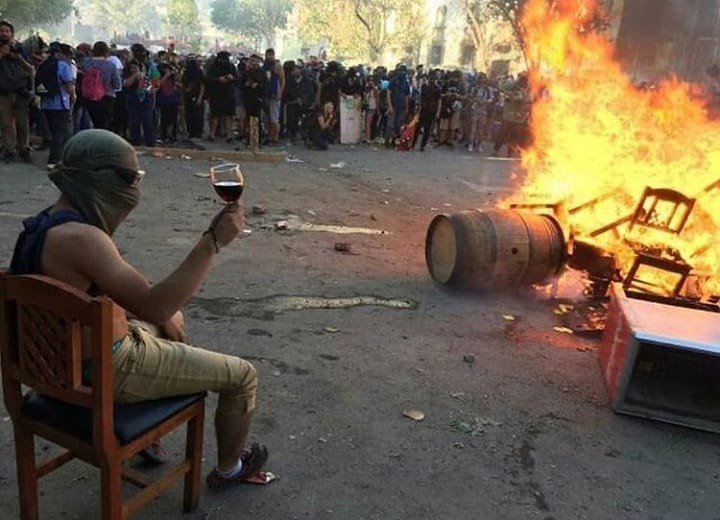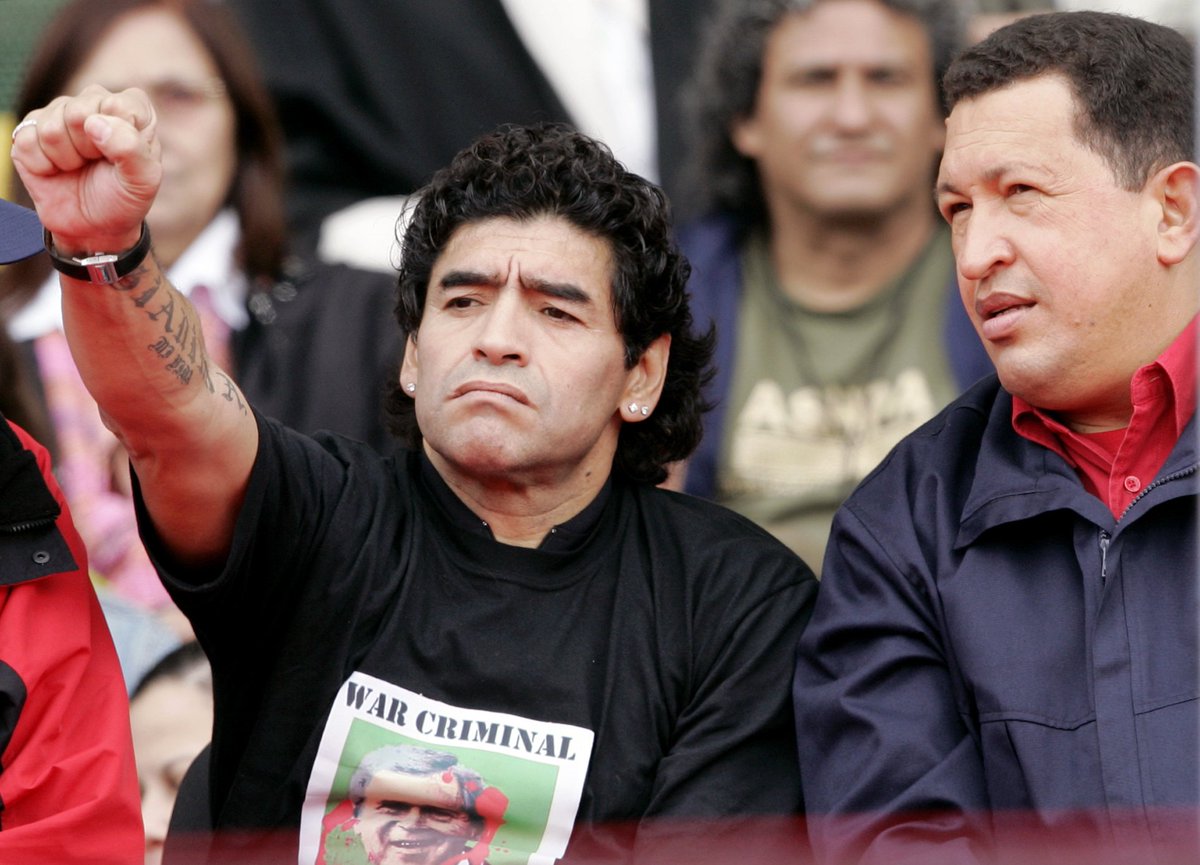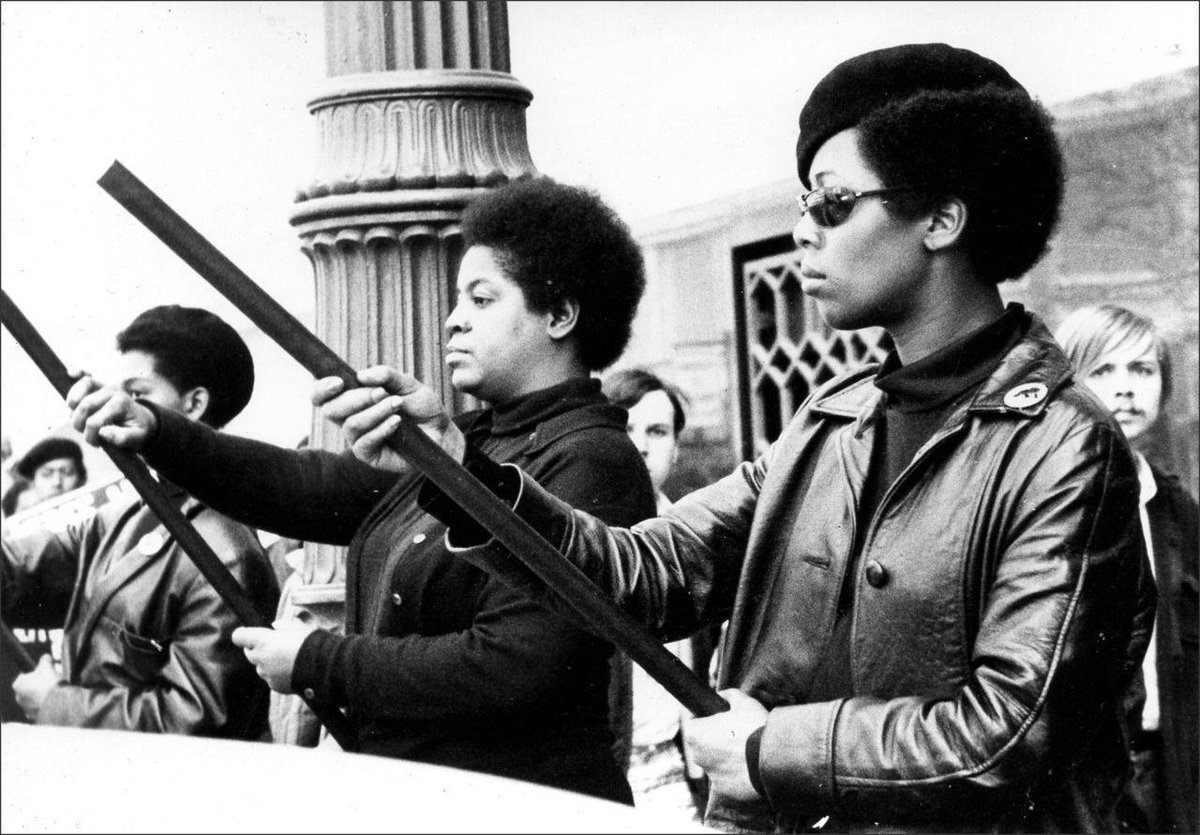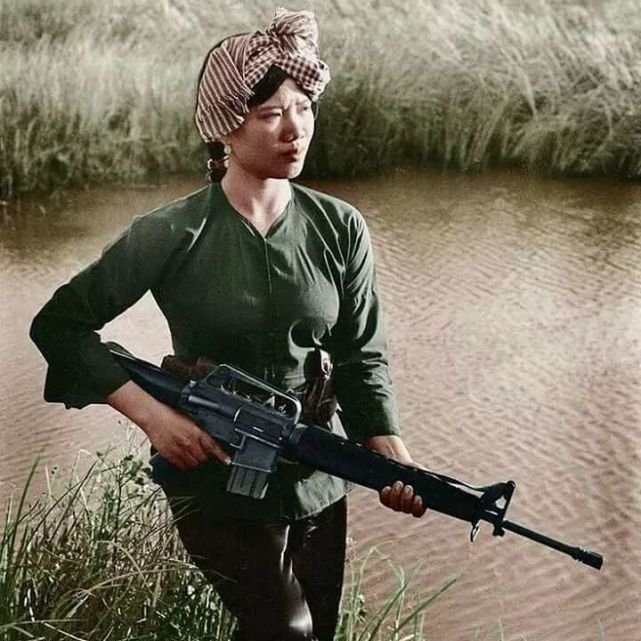
Today marks the 62nd anniversary of the Cuban Revolution, when a rebel army led by Fidel Castro overthrew the US-backed Batista dictatorship.
The revolution was an important defeat for US imperialism and became an enduring symbol of resistance against colonialism and capitalism.

The revolution was an important defeat for US imperialism and became an enduring symbol of resistance against colonialism and capitalism.


Cuban revolutionaries under the command of Che Guevara attack an army post during the Battle of Santa-Clara. December 1958 
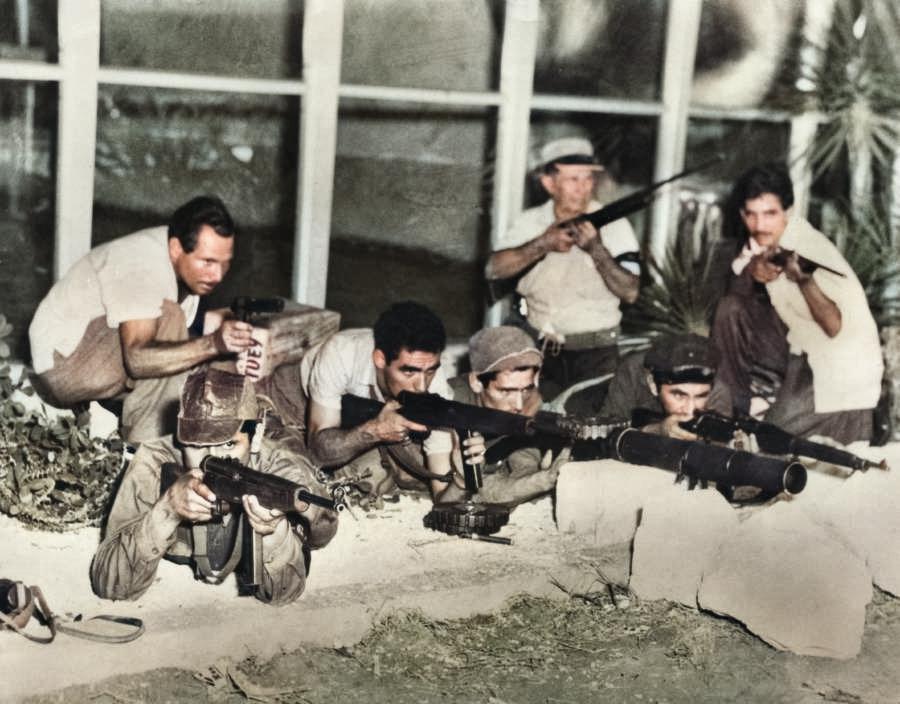
Fidel Castro and members of the July 26 Movement stand in front of Fulgencio Batista's palace in Havana, declaring victory for the revolution after news breaks that Batista has fled Cuba. 1 January 1959 

• • •
Missing some Tweet in this thread? You can try to
force a refresh


